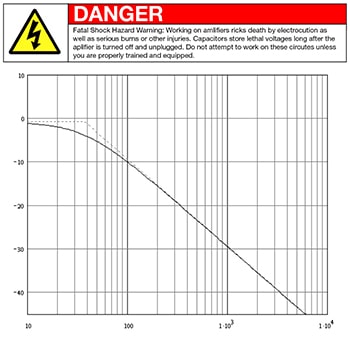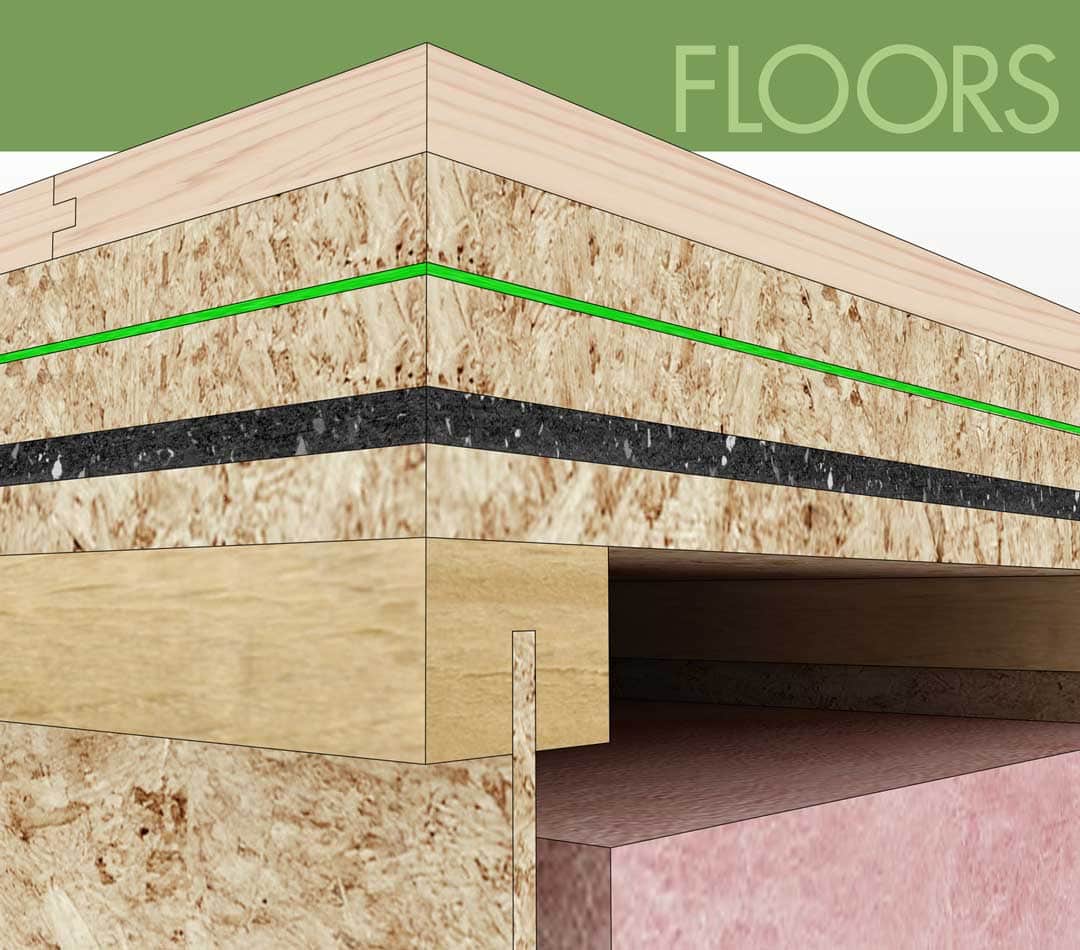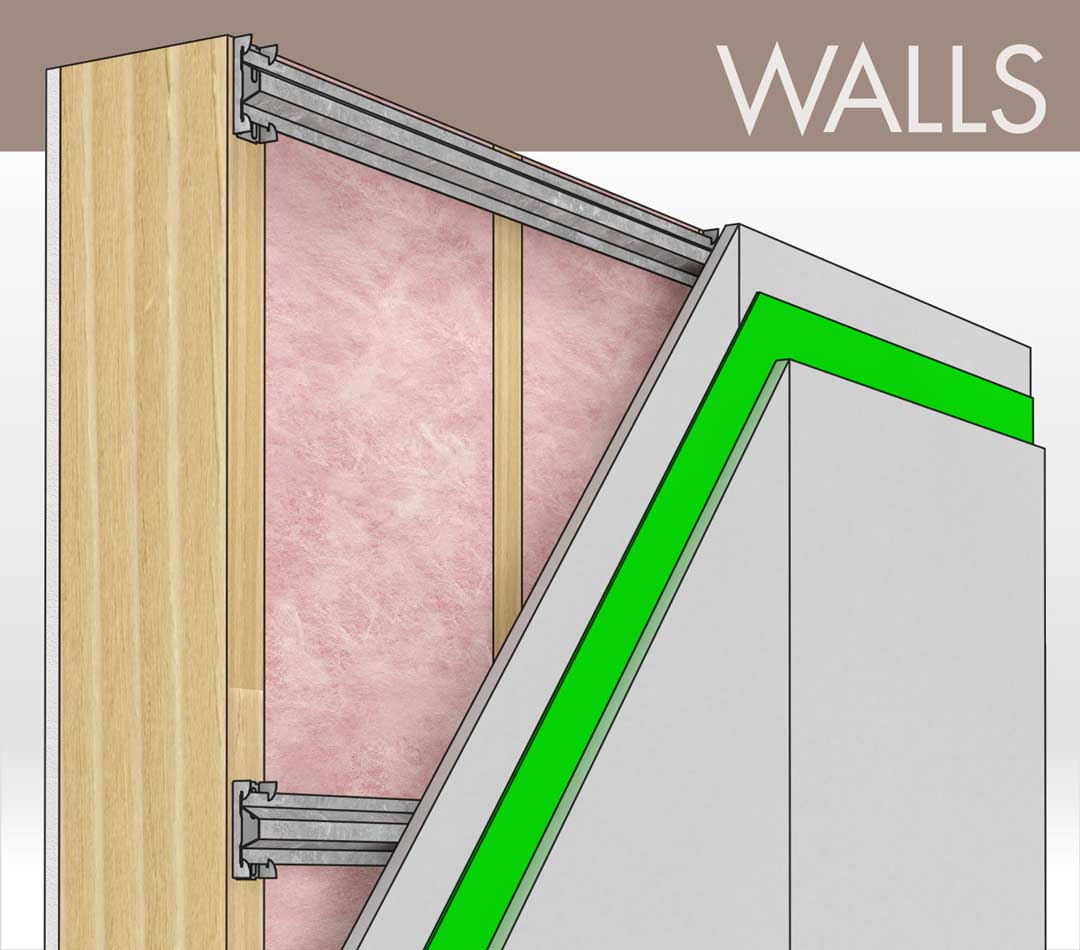How to soundproof against bass frequencies
 We all want great sound in our home theaters, gaming rooms, rehearsal spaces or other rooms where there's bound to be a lot of bass, which is low-frequency sound. Not surprisingly, specialty rooms generating a great deal of bass create special challenges in room design.
We all want great sound in our home theaters, gaming rooms, rehearsal spaces or other rooms where there's bound to be a lot of bass, which is low-frequency sound. Not surprisingly, specialty rooms generating a great deal of bass create special challenges in room design.
Generally, the most difficult aspect of high-level isolation is controlling the low frequencies (bass). Keep in mind that STC doesn't measure bass, as it does not consider frequencies below 125Hz, and we're obviously dealing with rooms that put out a great deal of sound below that. Dealing with low frequency sound can get a little science-y, and we'll explain it here. That said, we will also share easy-to-understand guidelines for working with all that bass!
The science of low-frequency soundproofing
Essentially, every compressible cavity (such as air cavities in walls and ceilings) will define a specific resonance point (frequency) in a decoupled system. (If we have a double stud wall, or ceiling with clips and channel, then we have a decoupled system.) Think of this decoupled system as a spring that oscillates. This system will have a calculable low-frequency (LF) resonance point, defined by the mass-air/(spring)m ass parameters. Let's say this resonance point is 70Hz.
At 70Hz, we don't stop a lot of sound, since resonance allows that frequency to pass fairly easily. At 100Hz, we're doing much better, but as we start looking at frequencies lower than 100Hz, transmission loss gets worse and worse until we hit 70Hz rock bottom. So at resonance (70Hz), and just above resonance (70-100Hz) things are not great for our sound isolation. Generally, the math is from the resonance point up to around 1.5X the resonance point we don't do as well in sound isolation.
If we could move that resonance point from 70Hz. to 40Hz. we would be much better off. This is why we work to incorporate methods to lower that LF resonance point as much as possible. How do we accomplish this? Keeping in mind that a decoupled system is a spring system:
Three ways to improve soundproofing results for low-frequency sound (bass)
- We can add mass to the system. This essentially weighs down our spring system, slowing the oscillation = lowering the resonance. The added mass is more effective than the insulation.
- We can add absorption in the form of simple (standard thermal) insulation. This will lower the resonance point (frequency) of the system a bit.
- We can add cavity depth to the system. For the same reason that insulation helps, so does more air in the cavity. This also isn't as effective as adding the mass.
So again, if we can progressively march that low-frequency point down, we minimize the frequencies that will display weakness and enjoy a quieter environment!
More information here: Building a Room within a Room.







